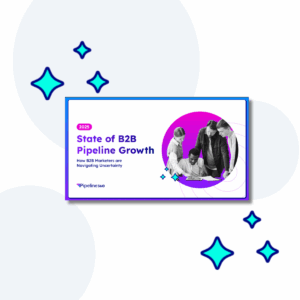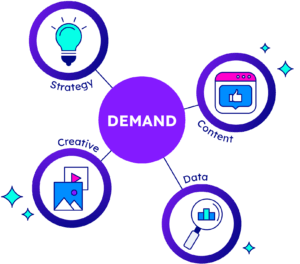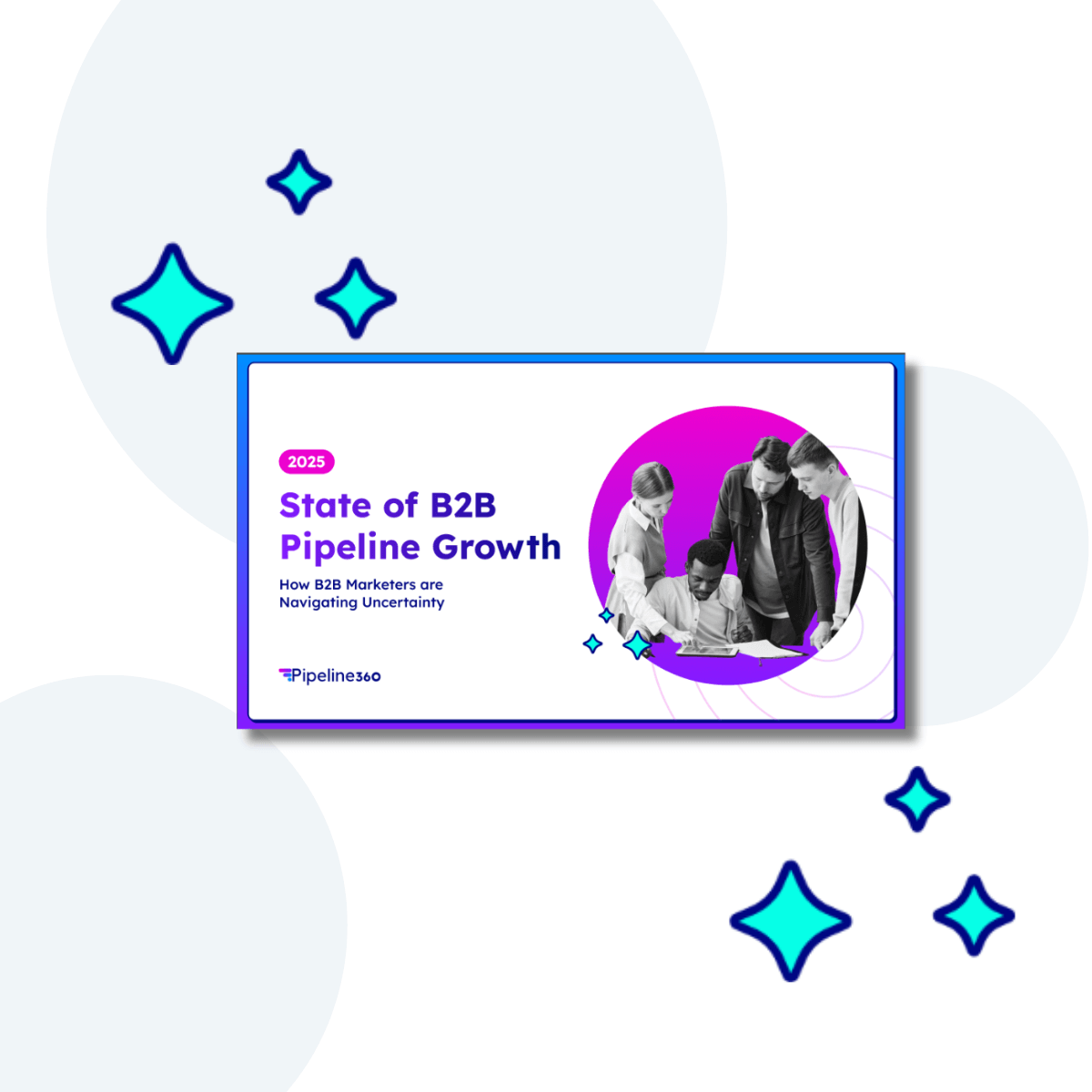Resources for B2B marketers
Stay ahead of the game with B2B marketing resources delivered by experts.
The 2025 state of B2B pipeline growth
Receive the 2025 State of B2B Pipeline Growth report and discover key findings to assist in your own marketing efforts.

Demand-as-a-Service: The Next Big Market Transition in B2B Marketing
Explore demand-as-a-service and learn how it can transform B2B marketing by focusing on outcomes instead of tools.

How Writer filled buying group gaps in their database
Writer is a full-stack generative AI platform that makes it easy for enterprises to deploy AI apps and workflows that accelerate growth, increase productivity, and ensure compliance.

How Fivetran closed $2.3M+ in new enterprise business
See how Fivetran used complex targeting and ABM through Pipeline360 to create a steady influx of qualified leads who fit their ideal customer persona.

3 foolproof ways to accelerate your partner & alliance marketing pipeline
Partner and alliance marketing stands out as a powerful lever for business growth. Engaging partners in Go-To-Market initiatives creates more qualified leads, quicker sales processes, improved conversion rates, larger transactions, and, most importantly, trust.








